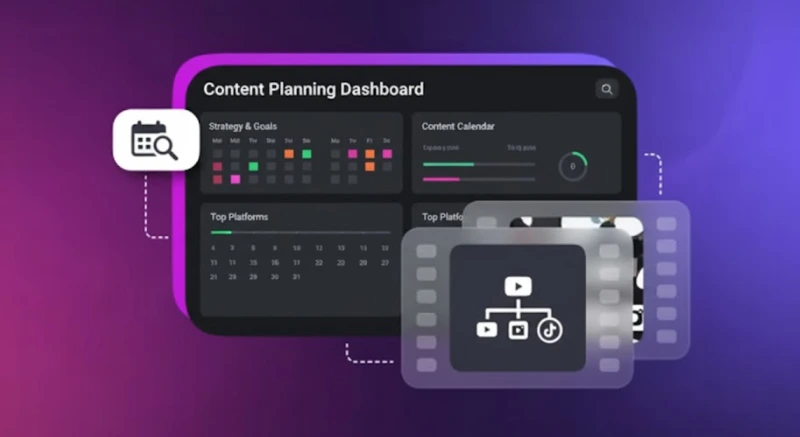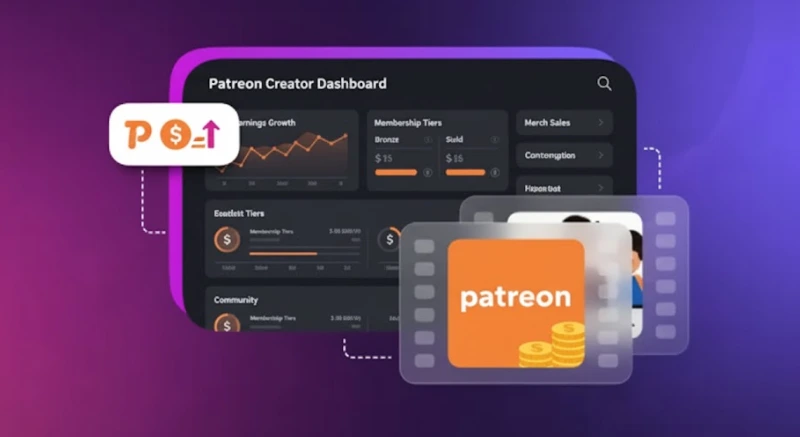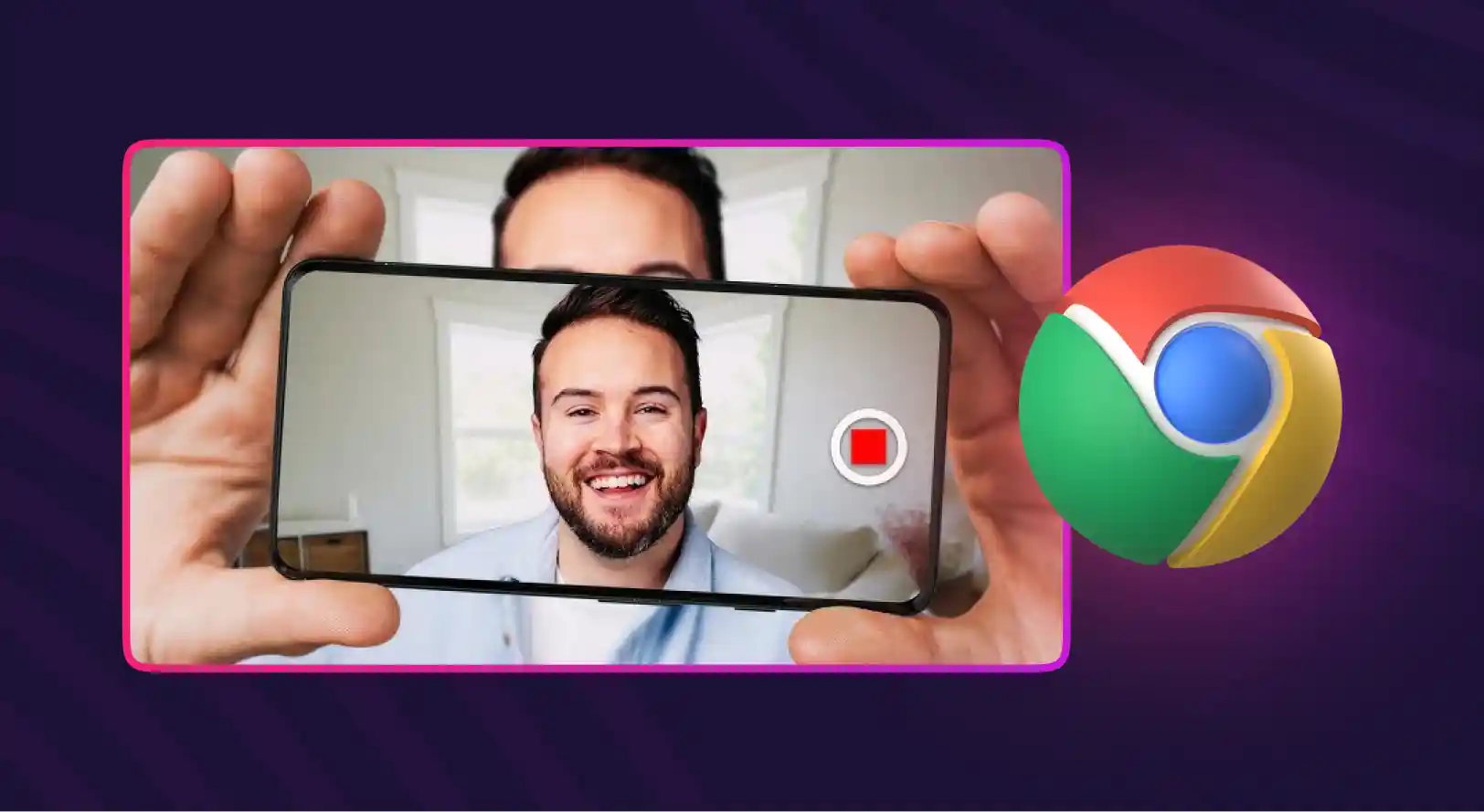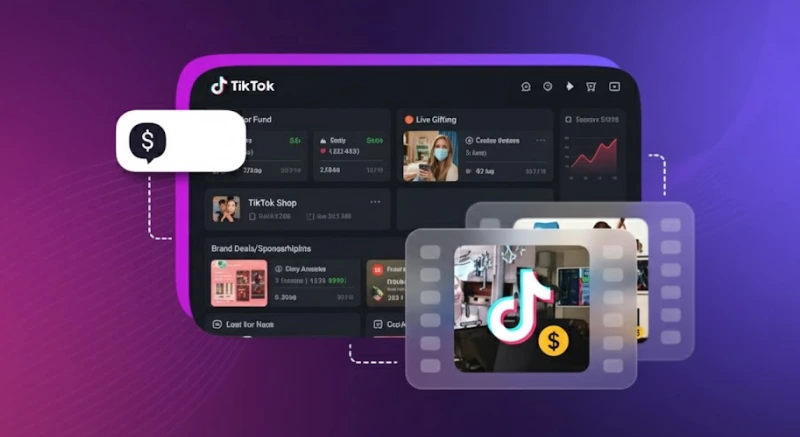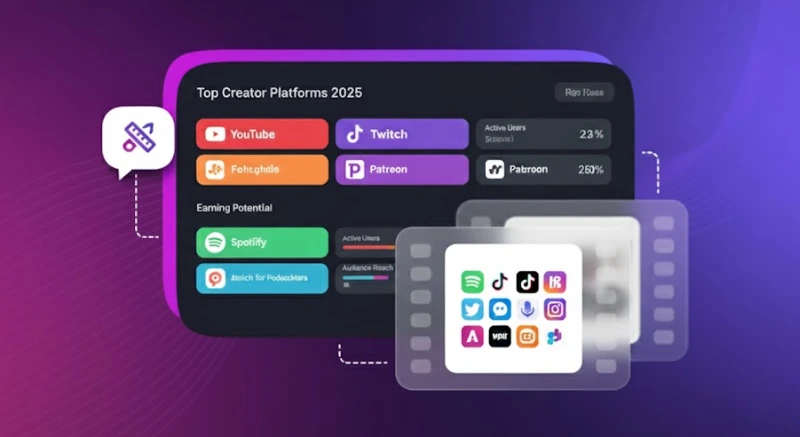Mastering Film Dubbing Techniques: A Comprehensive Guide

Dubbing, the intricate process of replacing original dialogue with new translated tracks, extends beyond mere language translation it’s an art form that breathes life into movies, allowing them to resonate with diverse audiences.
From traditional techniques that rely on the nuanced skills of voice actors to synchronized lip movements and emotion matching provided by AI-based methods, each approach contributes to cinema’s accessibility and global appeal.
In this guide, we’ll explore the transformative power of film dubbing techniques, highlighting the benefits, impact, and innovative approaches. Let’s dive in!
What is Film Dubbing?
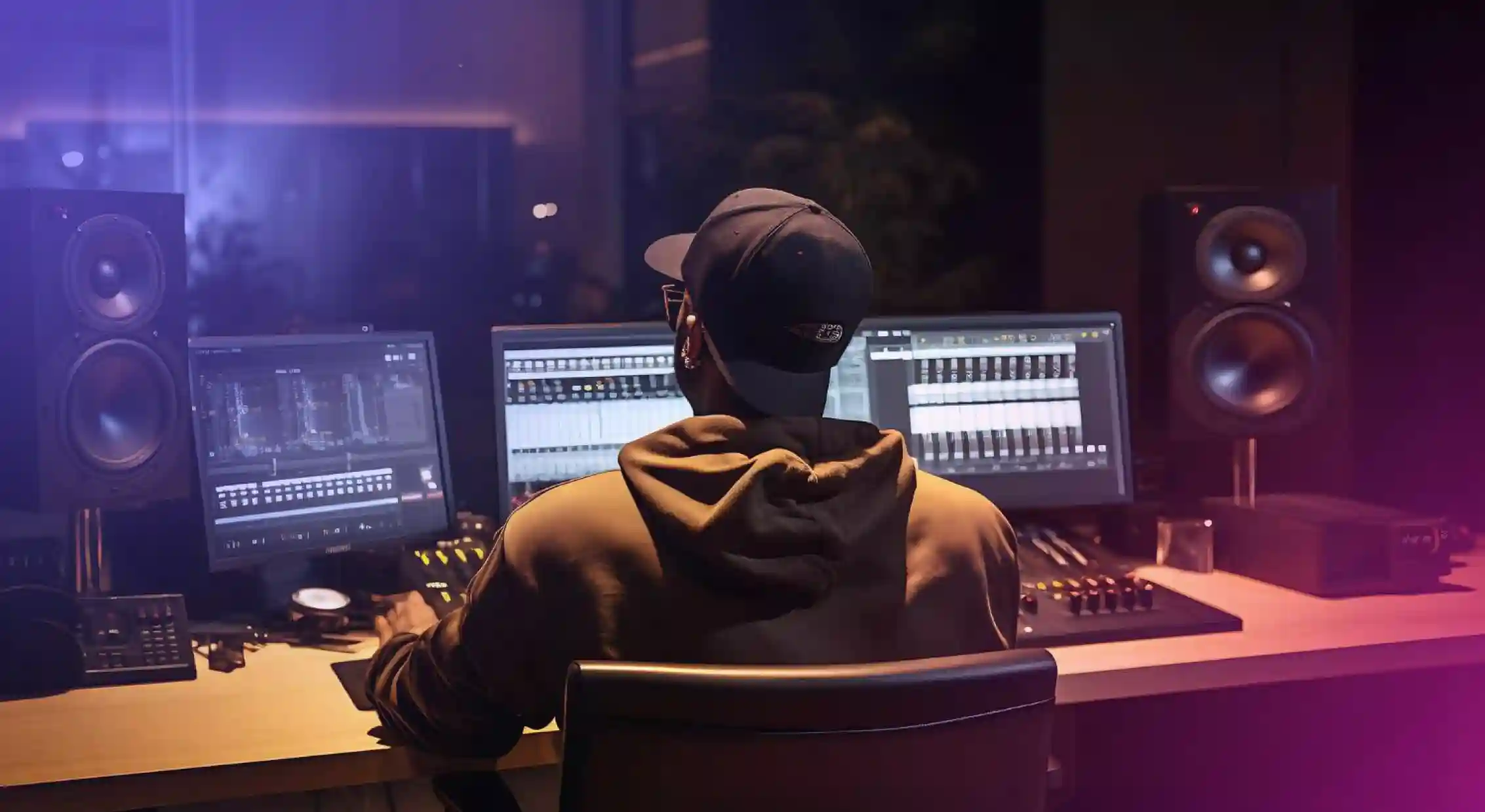
Film dubbing is a post-production process where the original dialogue tracks of a movie are replaced with new audio tracks, typically in a different language. This technique makes films accessible to a broader audience by translating and recording the dialogue in the viewers’ native language.
Professional voice actors meticulously match the original actors dialogue timing, tone, and lip movements to maintain the performance’s authenticity and emotional impact. Dubbing is crucial for foreign-language films, enabling them to transcend language barriers and cultural differences, thus enhancing the global distribution and appreciation of diverse cinematic works.
Different Dubbing Techniques in Movies
Film dubbing is a nuanced and varied process that caters to filmmakers and their target audiences.
Here’s a list of different dubbing techniques:
Traditional Dubbing Process
This method involves voice actors who record new dialogue tracks, replacing the original audio. The focus is on matching the emotional tone and timing of the original performance, ensuring the dubbed dialogue syncs with the on-screen actors’ lip movements.
Automated Dialogue Replacement (ADR)
Used mainly for correcting or enhancing original dialogue, ADR is one of the best film dubbing techniques. This dubbing process involves actors re-recording their lines in a recording studio, aligning them precisely with their on-screen lip movements. This technique is vital for improving sound quality and clarity in the film’s original language.
Voice Over Dubbing
In voiceover dubbing, a single voice actor reads the translated dialogue over the softly playing original audio. This cost-effective method is less immersive but widely used in Europe, especially for content where dubbing techniques in movies are not feasible.
UN-Style Dubbing
Named after its frequent use in United Nations broadcasts, this technique is a variation of voice over dubbing. The original audio is audible at a low level, and the translated speech is laid over with a slight delay. Layering dialogue tracks is commonly used for news reports, interviews, and documentaries, providing a sense of authenticity by preserving the original voice.
Lip-Sync Dubbing
Highly technical, this dubbing technique demands voice actors to match their dialogue with the lip movements of the original actors meticulously. It’s a common technique in high-budget international movies, ensuring a seamless viewing experience.
Narrative Dubbing
Unlike live-action content, where lip-syncing is crucial, this method emphasizes the voice actor’s ability to convey the animated character’s appropriate tone, emotion, and personality. The key challenge here is to capture the essence of the character and the scene through voice alone. Voice actors must skillfully adapt their delivery to the animated character’s actions and expressions, often enhancing the character’s depth and relatability.
Phrase-Sync Dubbing
This movie dubbing techniques strike a delicate balance between technical precision and artistic interpretation. Unlike strict lip-sync dubbing, which demands exact alignment of dialogue with lip movements, phrase-sync focuses more on matching the rhythm and timing of the speech.
This approach allows voice actors flexibility, enabling them to deliver a performance that feels authentic and engaging while still adhering to the general lip movements and expressions of the on-screen characters.
AI Dubbing
AI dubbing, as an emerging technology, leverages machine learning algorithms to synthesize and match voice tracks to on-screen performances. These methods are evolving to include emotional and linguistic nuances, offering a faster and potentially more cost-effective alternative to traditional dubbing, especially useful for large-scale projects or when rapid turnaround is needed.
Benefits of Film Dubbing
In addition to breaking language barriers, film dubbing offers several significant benefits, enhancing the overall impact and reach of a movie:
- Cultural Adaptation: Dubbing can adapt cultural references and idioms to suit the target audience, ensuring the film resonates more deeply with different cultures and regions.
- Enhanced Comprehension: For viewers who struggle with reading subtitles, dubbing offers a more immersive and less distracting viewing experience, allowing them to focus fully on the visuals and storyline.
- Commercial Viability: Dubbing opens up new film markets, increasing revenue potential. It will enable filmmakers and studios to distribute their work in countries where the original language would be a barrier.
- Accessibility for the Visually Impaired: Dubbing, especially when combined with descriptive narration, makes films more accessible to visually impaired audiences who rely on audio cues.
- Local Engagement: By using local voice actors, dubbing can create a stronger connection with the audience, as familiar accents and dialects make the content more relatable.
- Preservation of Original Visual Experience: Unlike subtitles, which can divert attention from the visuals, dubbing allows audiences to fully appreciate cinematography and visual storytelling.
- Enhanced Experience in Animated Films: In animation, where lip synchronization is less constrained by live-action footage, dubbing can enhance the viewing experience by matching the voices perfectly with the characters’ personalities and actions.
- Reduction in Cognitive Load: Dubbing reduces the cognitive load on the audience by eliminating the need to read subtitles while simultaneously processing visual information, leading to a more relaxed and enjoyable viewing experience.
Conclusion
As technology and cultural understanding continue to evolve, film dubbing will undoubtedly play a pivotal role in shaping the future of global cinema. It will bring stories to life for diverse audiences worldwide and allow films to maintain their emotional depth and narrative integrity, regardless of the viewers’ native language.
The right approach to dubbing can transform a local story into a worldwide phenomenon, underscoring the power of cinema to unite people across diverse cultural backgrounds. As we look to the future, the thoughtful integration of voice dub will continue to be a cornerstone in the quest to make great stories universally accessible.

Frequently Asked Questions
What are dubbing techniques in films?
.svg)
Film dubbing techniques involve replacing the original dialogue in a movie with new audio tracks, typically in another language. This process, integral to the film industry, uses various methods, such as traditional voice acting, automated dialogue replacement (ADR), and AI-powered dubbing, to recreate dialogue and maintain the original performance’s emotional impact.
What are the types of dubbing?
.svg)
Key types of dubbing in films include traditional dubbing, ADR, UN-style dubbing, voiceover dubbing, lip-sync dubbing, narrative dubbing for animated movies, lection dubbing, phrase-sync dubbing, and AI-based dubbing. Each technique has unique characteristics tailored to different film genres and audience preferences.
How is dubbing done in movies?
.svg)
Traditionally, the dubbing process involved translating the script, casting voice actors, recording, and syncing dialogue in a Studio, guided by a director. Sound engineers then make adjustments, ensuring a seamless final dubbed version.
However, AI dubbing has simplified this process. AI technology automates many tasks, like translation and voice synthesis, making dubbing faster and cheaper. This means filmmakers can reach wider audiences globally more easily.
What are the advantages of using dubbing techniques?
.svg)
The benefits of film dubbing include global accessibility, cultural adaptation, enhanced comprehension, commercial viability, and accessibility for the visually impaired. Dubbing also preserves the original visual experience, enhances storytelling in animated films, and reduces the cognitive load for audiences.
What is the most common dubbing procedure?
.svg)
The most common dubbing procedure is traditional dubbing, in which voice actors replace the original audio with new dialogue that matches the original actors’ timing, tone, and lip movements. This method is widely used because it maintains the authenticity and emotional depth of the original performance.
How do professionals ensure voice synchronization in film dubbing?
.svg)
Voice synchronization in film dubbing is achieved through meticulous timing, careful selection of voice actors, and advanced audio recording and editing technology. Professionals focus on matching the dubbed dialogue’s rhythm, tone, and emotion with the original actors’ performances to ensure seamless integration.
Can film dubbing techniques enhance storytelling?
.svg)
Yes, movie dubbing techniques can enhance storytelling by making films accessible and relatable to diverse audiences. They allow for the cultural adaptation of content, enabling viewers to experience movies in their native language and connect more deeply with the story.



